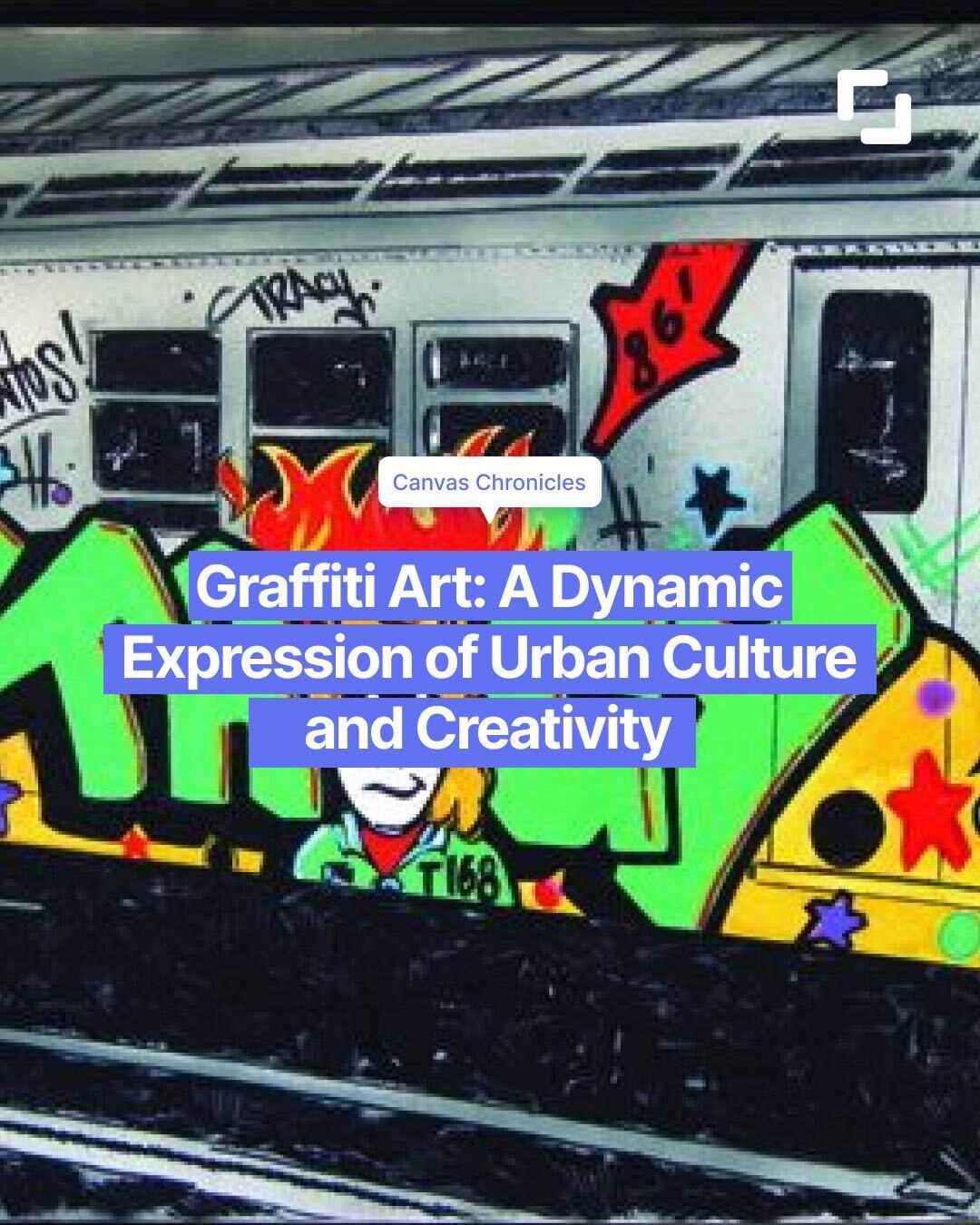
Street art has become a ubiquitous part of modern urban landscapes, adorning walls, buildings, and surfaces with stunning displays of creativity and imagination. This artistic subculture has emerged as a powerful form of expression, bringing vibrancy and life to once dull and ordinary spaces. By merging art with the streets, street artists have transformed public spaces into open-air galleries, inviting viewers to engage with their work in ways that traditional art forms cannot replicate.
What sets street art apart is its rebellious nature, challenging societal norms and provoking discussions on important social and political issues. With its roots deeply embedded in underground movements, street art serves as a powerful tool for marginalized communities to voice their concerns and grievances. By reclaiming public spaces, these artists dismantle the established order and provide an alternative narrative that promotes inclusivity and empowerment.
One of the defining characteristics of street art is its ephemeral nature. Unlike traditional art forms that are preserved in museums and galleries, street art is subject to the elements and the ever-changing urban landscape. This transience adds to its appeal, as each piece becomes a fleeting treasure, only truly appreciated by those who witness it in person. Moreover, the impermanence of street art necessitates spontaneity and improvisation, pushing artists to experiment with new techniques and materials in their quest to capture the essence of the moment.
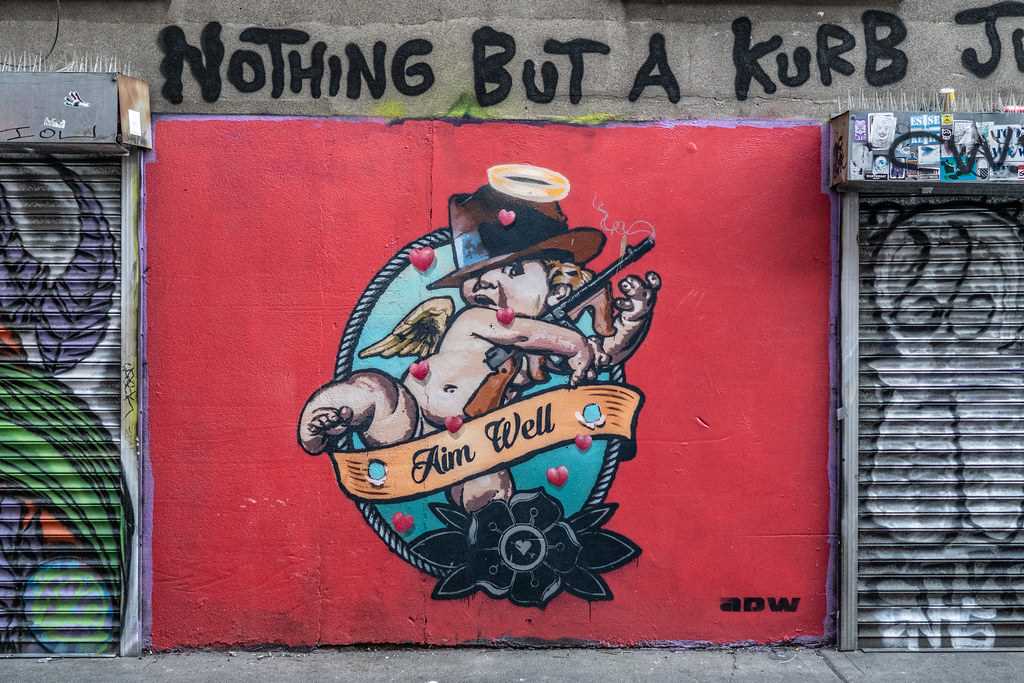
Street art can trace its origins back to the late 1960s and early 1970s when graffiti started to emerge in urban areas. The rise of street art can be attributed to the cultural and social changes happening during this period.
In New York City, the birthplace of street art, young people from various backgrounds began expressing themselves through graffiti. This form of art allowed them to reclaim public spaces and challenge societal norms. It was a way to rebel against the mainstream culture and make their voices heard.
One of the early pioneers of street art was Darryl “Cornbread” McCray, who gained recognition in Philadelphia. His graffiti tags became synonymous with the city and inspired other artists to take their art to the streets.
The Influence of Hip-Hop
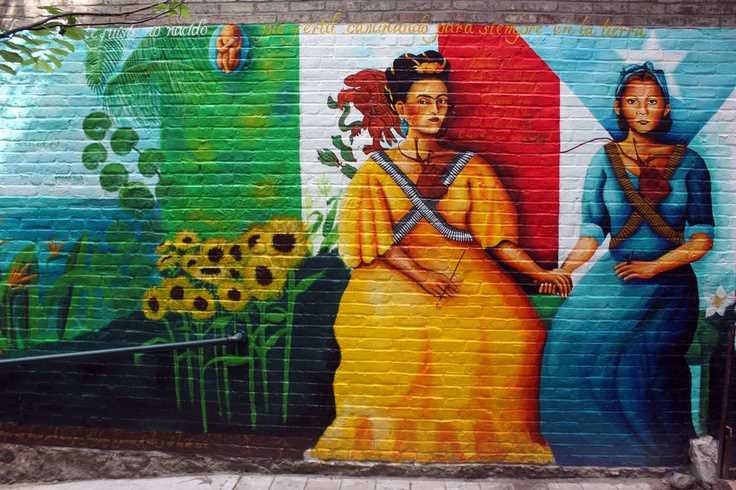
The emergence of hip-hop culture in the 1970s had a significant impact on the development of street art. Graffiti became intertwined with the music, dance, and fashion of the hip-hop movement. Artists found inspiration in the vibrant energy and creativity of hip-hop, leading to the fusion of music and street art.
Artists like Keith Haring and Jean-Michel Basquiat further pushed the boundaries of street art and brought it into the mainstream art world. Their bold and expressive murals challenged traditional notions of what art could be, and their work continues to be influential today.
The Evolution of Styles
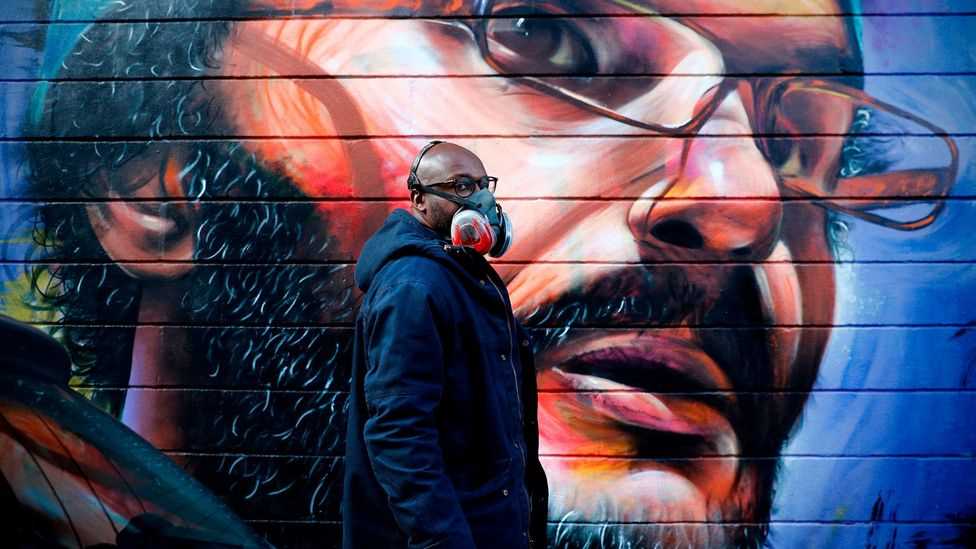
Over the years, street art has evolved and diversified, with artists experimenting with different styles and techniques. From stencils to wheatpasting, street artists continuously push the boundaries of their art form.
Street art has also become a means of social and political commentary. Artists use their work to raise awareness of issues such as inequality, gentrification, and environmental degradation. It has become a powerful tool for expressing dissent and provoking thought.
The Culture of Street Art
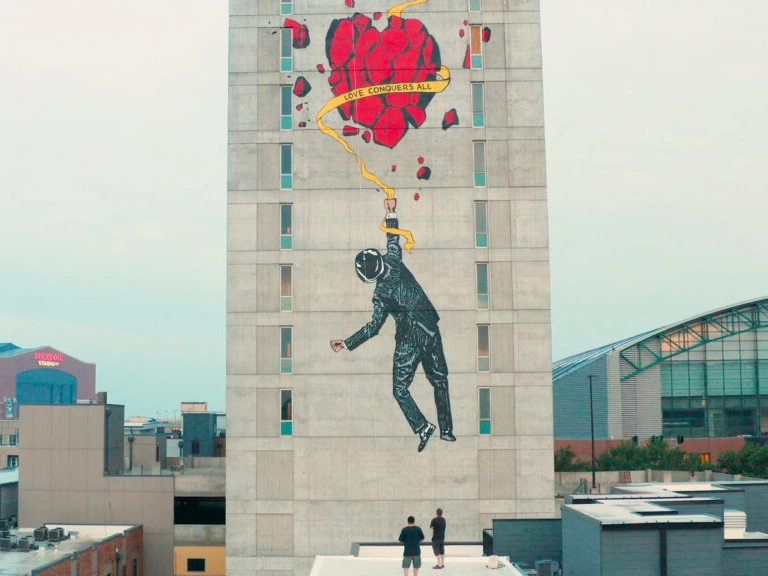
Street art is more than just graffiti on a wall. It is a vibrant expression of creativity and cultural identity, often found in urban environments. This form of art has its roots in the rebellious spirit and counterculture movements of the 1960s and 1970s, and has since evolved into a powerful artistic movement.
Artistic Freedom and Expression
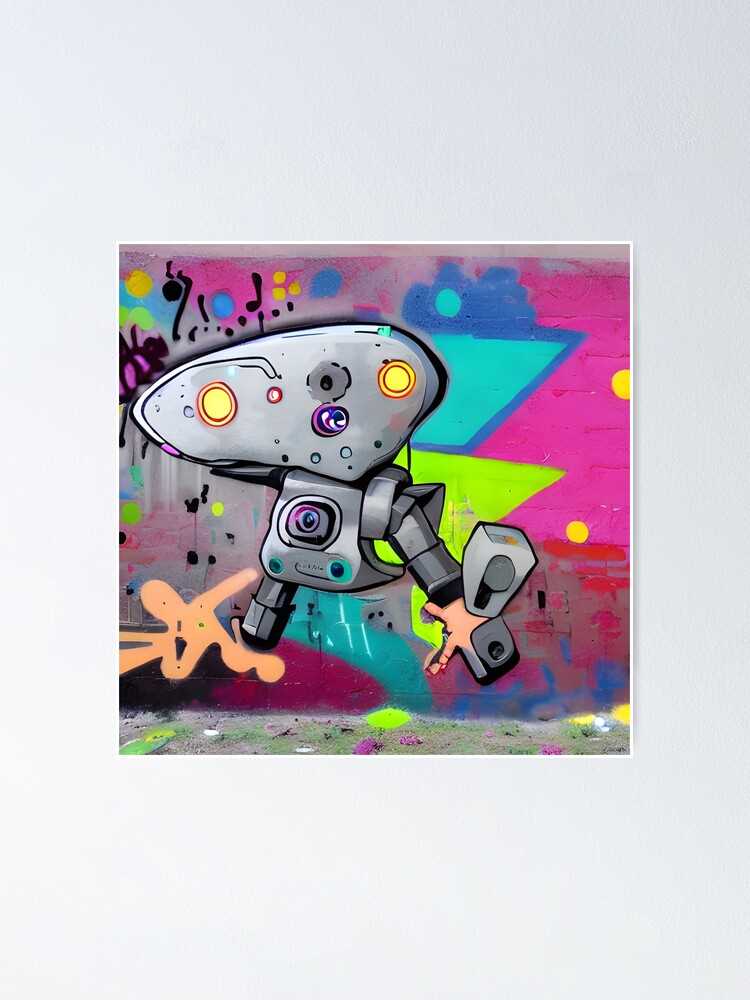
Street art is a platform for artists to express their opinions and ideas freely. Unlike traditional art forms, street art is not confined to galleries or museums, but is accessible to anyone who encounters it on the streets. This allows artists to reach a wider audience and engage with the public in a unique and impactful way.
Street art also provides an opportunity for artists to challenge societal norms and address contemporary issues. Whether it is political commentary, social critique, or simply an expression of personal feelings, street art allows artists to share their perspectives and provoke thought and discussion.
Community Engagement and Collaboration
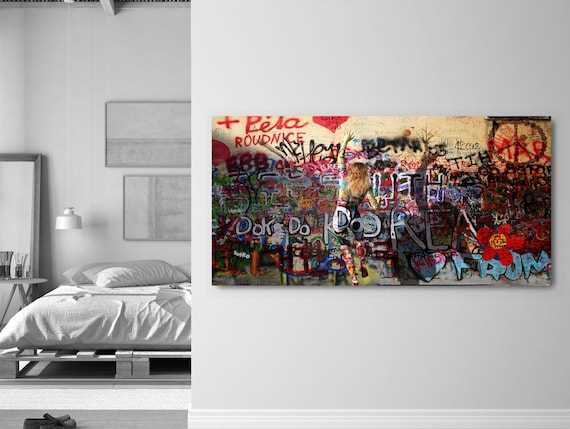
Street art often involves the participation and collaboration of the local community. Artists work with residents and businesses to transform public spaces and create art that reflects the community’s values and aspirations. This collaborative process not only beautifies the neighborhood, but also fosters a sense of pride and ownership among community members.
Furthermore, street art events and festivals bring people together, creating a sense of camaraderie and celebration. These events offer opportunities for artists to connect with one another, share ideas, and inspire each other. They also provide the public with a chance to experience art in a dynamic and interactive environment.
The culture of street art is constantly evolving, influenced by various factors such as technology, globalization, and changing social dynamics. Yet, at its core, street art continues to be a powerful form of self-expression and a reflection of the urban culture it is born from.
The Impact of Street Art
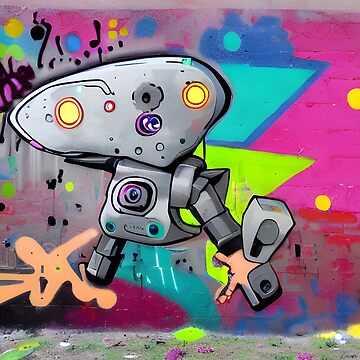
Street art has had a profound impact on communities and societies around the world. It serves as a powerful form of expression, allowing artists to convey their thoughts, feelings, and opinions to a wide audience. Through their artwork, street artists can address social and political issues, challenge the status quo, and spark meaningful conversations.
One of the key impacts of street art is its ability to transform urban spaces. Many cities have embraced street art as a way to revitalize rundown or neglected areas, turning them into vibrant and colorful destinations. By adding murals, graffiti, and other forms of street art, these spaces become more attractive and inviting, drawing in tourists and locals alike.
Moreover, street art has the potential to inspire and influence individuals. It can evoke strong emotions and provoke deep contemplation. Whether it’s a thought-provoking image or a powerful message, street art has the ability to connect with people on a personal level, sparking introspection and empathy.
Additionally, street art can also act as a catalyst for change. By addressing social issues such as inequality, discrimination, and environmental concerns, artists can raise awareness and rally support for various causes. Street art has the power to challenge societal norms, push boundaries, and inspire positive action.
However, the impact of street art is not without controversy. While some view it as a form of artistic expression and cultural enrichment, others see it as vandalism or illegal activity. Many street artists face legal challenges and risk punishment for their artwork.
Despite the challenges and controversies, street art continues to shape and influence our society. It challenges us to think differently, to question the world around us, and to appreciate the power of art. The impact of street art is undeniable, making it an integral part of the urban culture of expression.

I am a mural enthusiast and a fervent admirer of street art. Rather than creating murals myself, I am passionate about collecting them. My love for street art knows no bounds. I am dedicated to curating and cherishing these artworks that grace the streets. My collection stands as a testament to my profound appreciation for this form of artistic expression.
read about me



